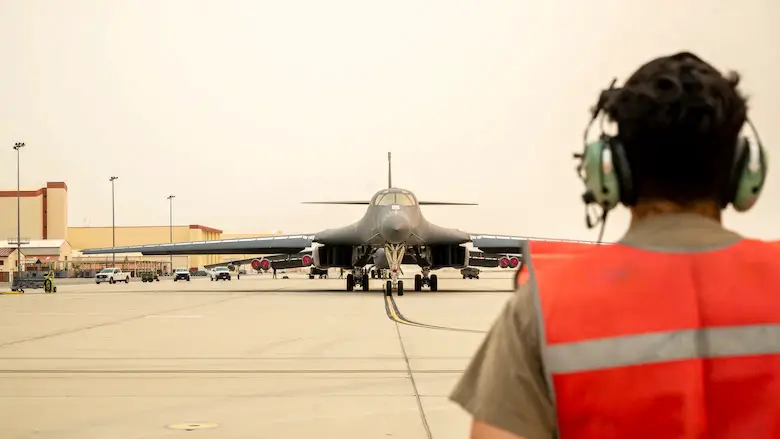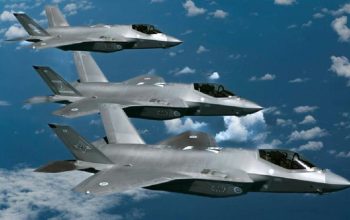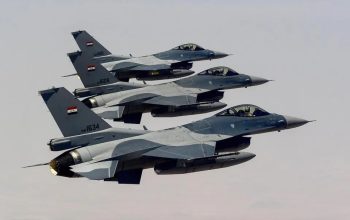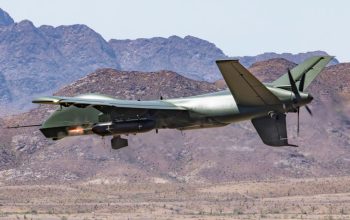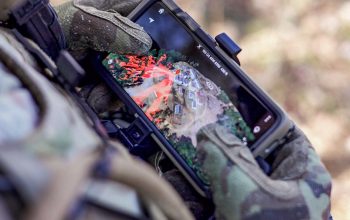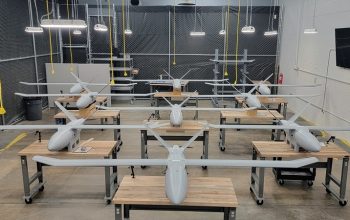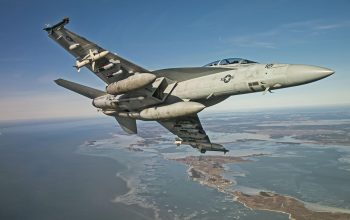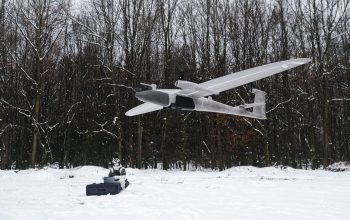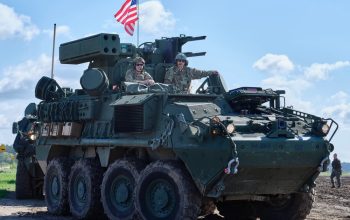U.S. Air Force Global Strike Command (AFGSF) concluded its divestiture of 17 B-1B bombers Sept. 23, as the last aircraft departed Edwards Air Force Base, California, to fly to the boneyard at Davis-Monthan Air Force Base, Arizona. The divestiture of the aircraft is in support of the United States Air Force’s efforts to modernize America’s bomber fleet, as authorized by the National Defense Authorization Act. The retirement of the aircraft did not affect the service’s lethality or any associated maintenance manpower, and allowed officials to focus maintenance and depot-level manpower on the remaining aircraft, increasing readiness and paving the way to for bomber fleet modernization to meet future challenges.
“The divesture plan was executed very smoothly. With fewer aircraft in the B-1 fleet, maintainers will be able to give more time and attention to each aircraft remaining in the fleet. Beginning to retire these legacy bombers allows us to pave the way for the B-21 Raider,” Bell said. “Continuous operations over the last 20 years have taken a toll on our B-1B fleet, and the aircraft we retired would have taken between 10 and 30 million dollars per aircraft to get back to a status quo fleet in the short term until the B-21 comes online,” Brig. Gen. Kenyon Bell, AFGSC Director of Logistics and Engineering, said.

The 17 B-1B aircraft were retired from a fleet of 62, leaving 45 in the active inventory. Out of the 17 retired, one aircraft went to Tinker Air Force Base, Oklahoma, as a prototype for structural repair actions. One went to Edwards AFB as a ground tester. One went to Wichita, Kansas, at the National Institute for Aviation Research for digital mapping, and one went to Barksdale Air Force Base, Louisiana, as a static display for the Barksdale Global Power museum. The remaining 13 aircraft will be stored at the boneyard at the 309th Aerospace Maintenance and Regeneration Group at Davis-Monthan AFB in Type 4000 storage. Four of those will remain in a reclaimable condition that is consistent with Type 2000 recallable storage.
By retiring these aircraft now, U.S. Air Force Global Strike Command can focus on prioritizing the health of the current fleet, including modernization efforts, to make the bomber fleet more lethal and capable overall, Bell added. The Air Force needs to transition from three bombers to two – a rebuilt B-52 and next-generation B-21 – to deter both established and rising powers. This change is vital to future Joint and Allied operations, because no other service or partner nation provides long-range bomber capability.
